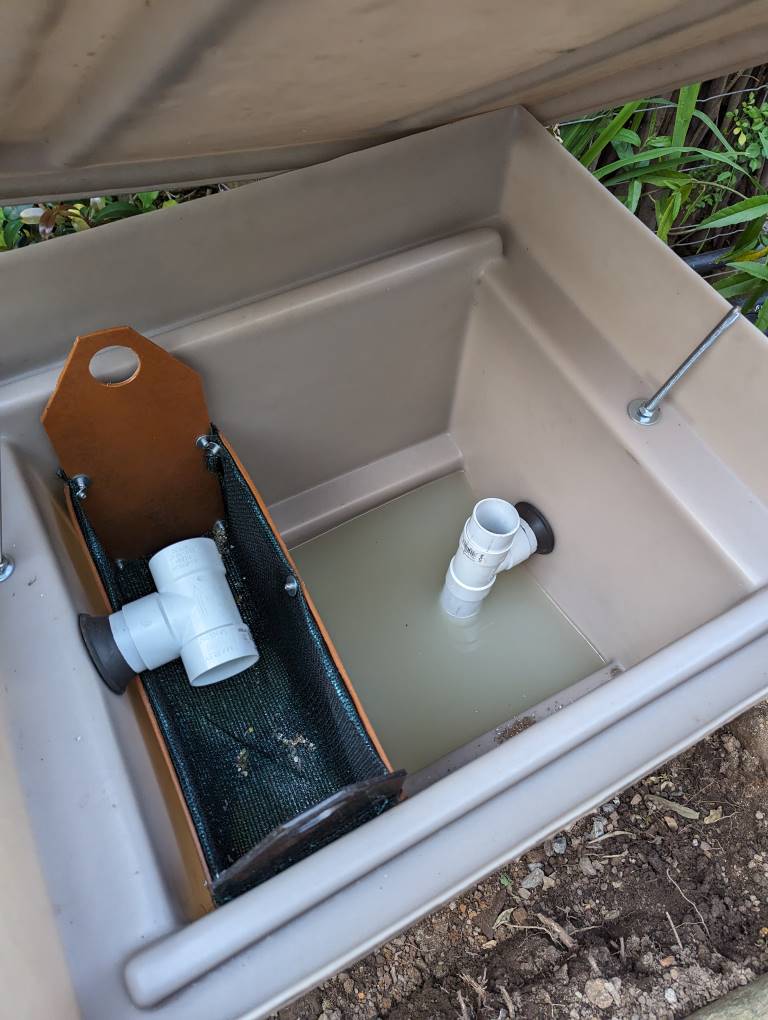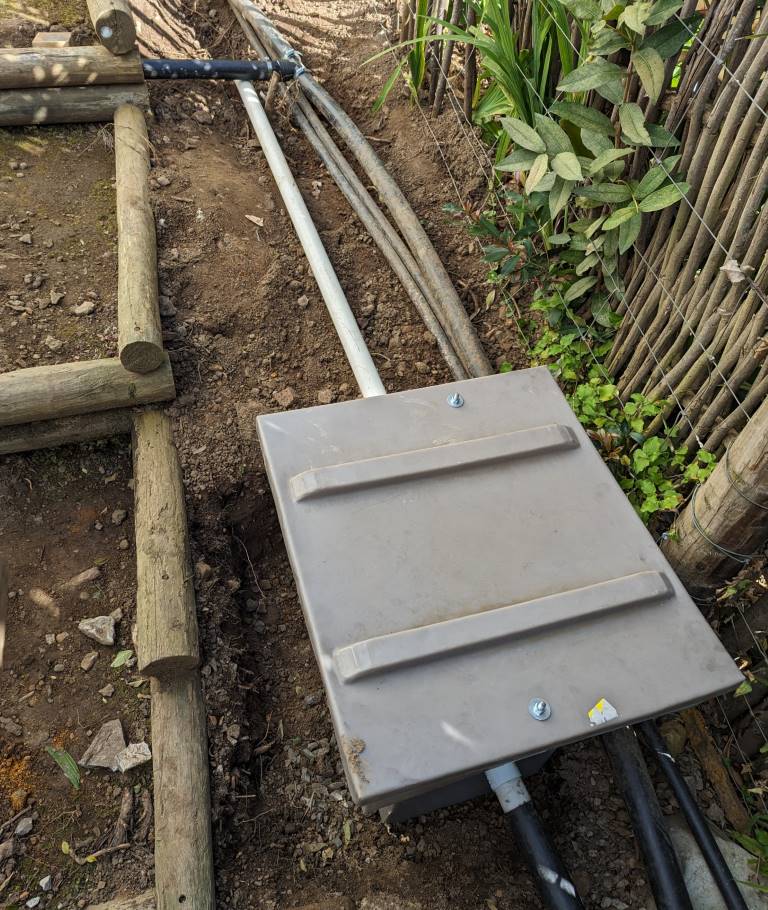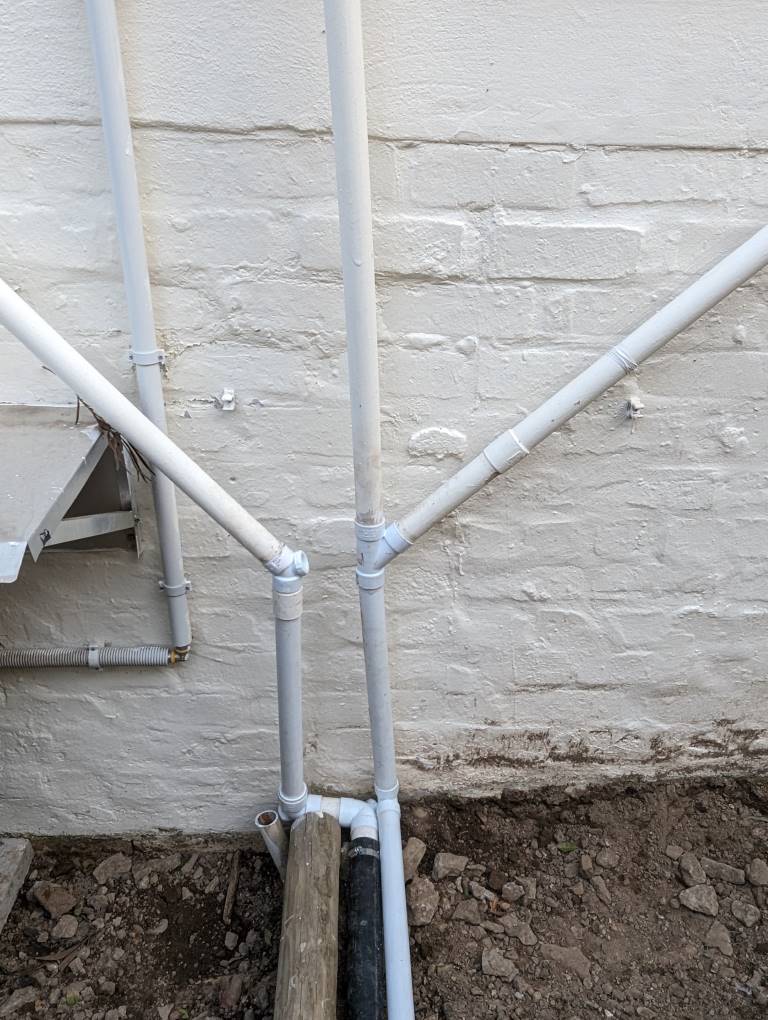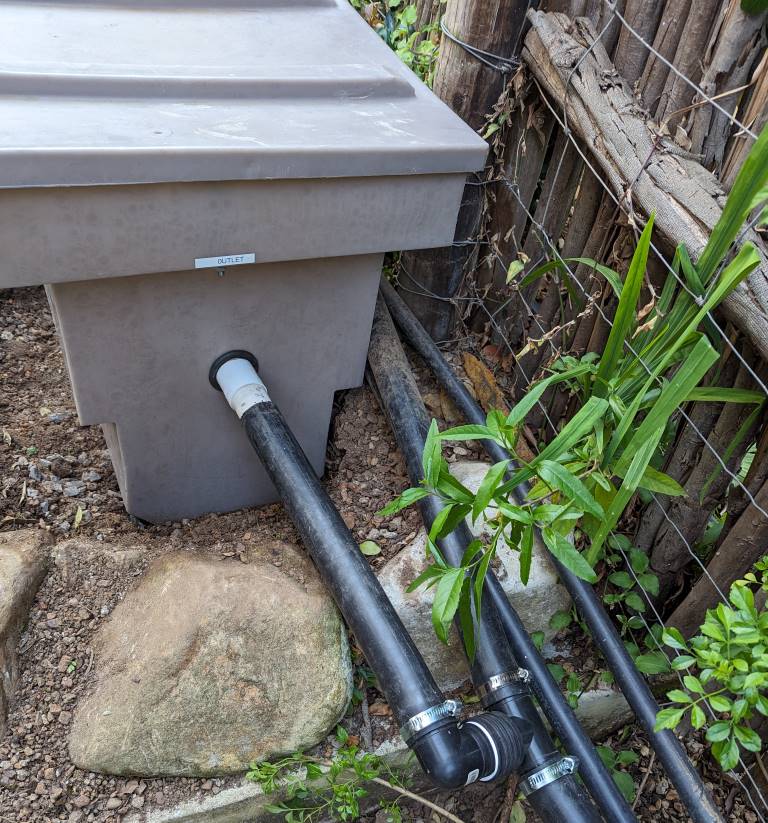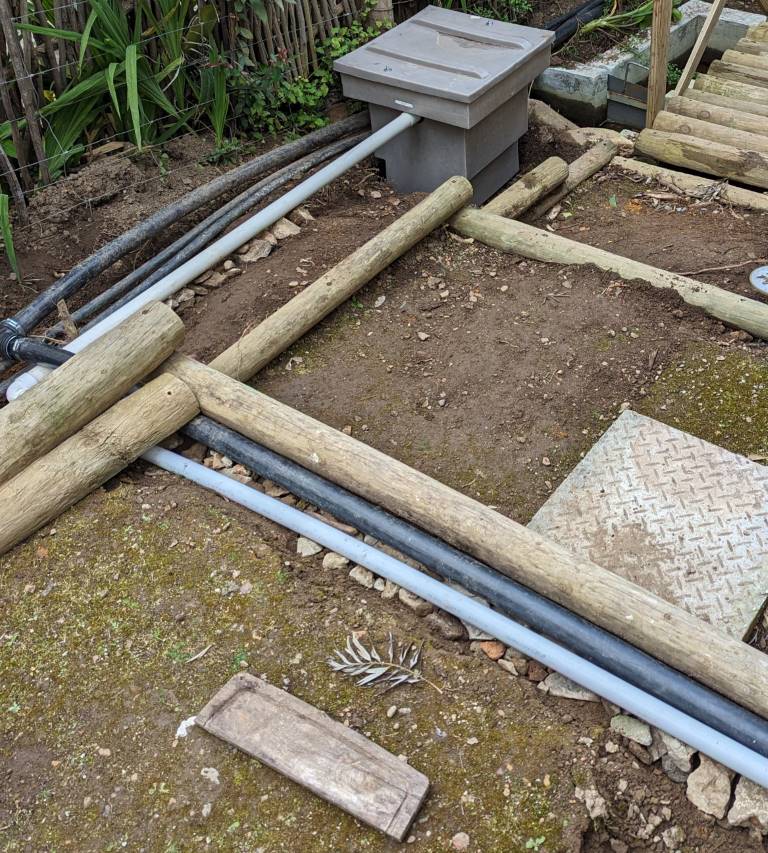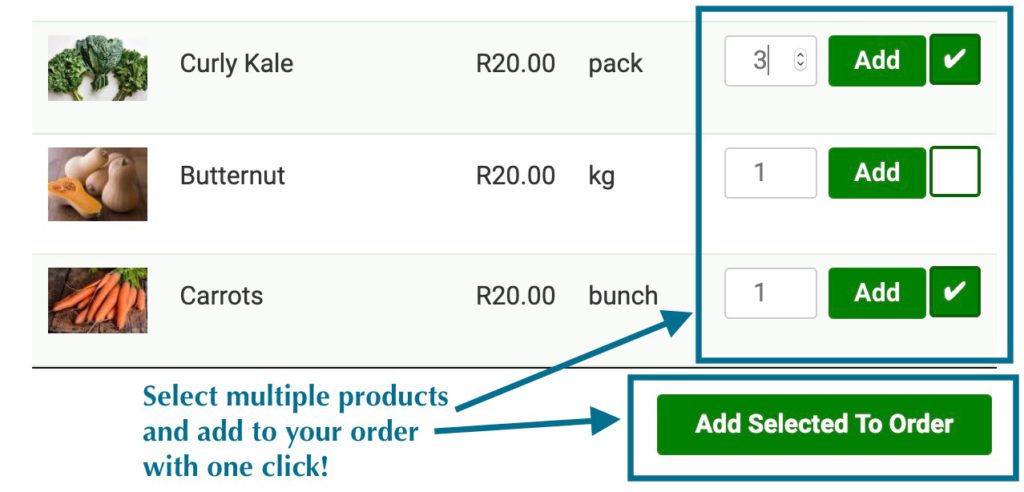Where do the fats & oils go from your frying pan, pots, and plates? In many households, it goes straight into the sewer, morphing into pipe-blocking blobs and setting the stage for an environmental hazard. And if it’s diverted into greywater—hold your noses, folks, because we’re talking about an oil slick in your garden, impeded beneficial bacteria, and some not-so-pleasant smells.
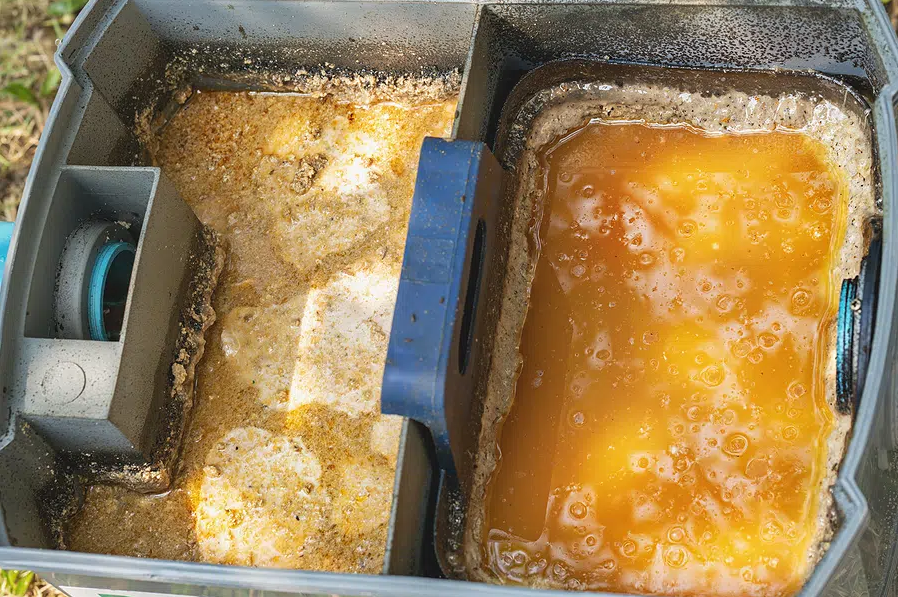
But don’t let this greasy dilemma get you down, because we have a solution! Enter the superhero of our story: the fat trap. “What’s this?” you may ask. Well, it’s your secret weapon against the oily enemy. This handy device is designed to catch and hold onto that fat, oil, and grease before they can wreak havoc in your plumbing or garden.
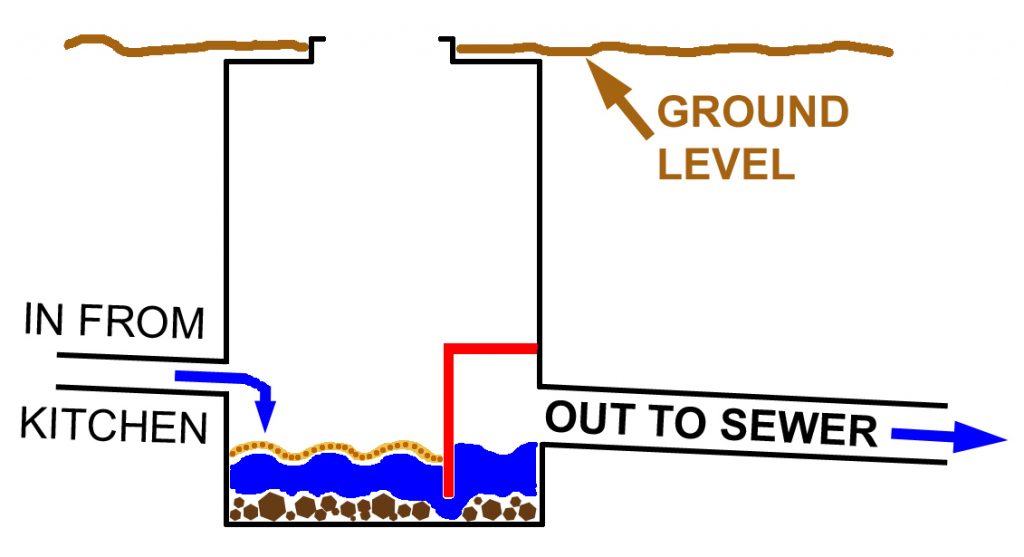
By using a fat trap, you’re not just saving your pipes from a greasy nightmare—you’re also taking a big step towards a more eco-friendly home. So, are you ready to join us on this oily adventure? Let’s dive deep into the world of fat traps and discover how they can transform your kitchen waste woes into a triumph!
Fat traps, come in various designs, each with its own unique way of dealing with those unwanted fats, oils, and greases (FOGs) from your kitchen.
-
- In-Sink Models: These compact units fit neatly under your sink, making them ideal for home use. They trap FOGs as water flows through them, allowing only clean water to pass. The trapped FOGs can then be easily disposed of in your regular garbage.
- Gravity Grease Interceptors: These are larger units typically used in commercial settings but can be installed in homes with high grease outputs. They use the principle of gravity to separate FOGs, which float to the top, while heavier solids sink to the bottom.
- Automatic Grease Removal Units: These innovative devices not only trap FOGs but also have a system to automatically remove the FOGs from the trap. This collected grease can then be recycled or disposed of properly.
- Hydromechanical Grease Interceptors: These are compact and efficient, perfect for smaller spaces. They work by slowing down the flow of water, allowing time for the FOGs to rise and be trapped.
- Bio Traps: These are the eco-friendliest option and use bacteria to break down FOGs into water and CO2. They require a little more maintenance, but they’re a great choice if you’re committed to green living.
The best design for you depends on your specific needs, including the amount of FOGs you typically produce and the space you have available.
Installing a fat trap at home – a weekend project
After heavy rains – a contributor to TheGreenDirectory.net was struggling with a high water table and the drainage field from a septic tank showed signs of oil contamination such as a grease slick and bad smells. All grey water from the home, such as bath, shower, laundry as well as the sink & dishwasher was being diverted into the septic tank which could not handle the high volume of water.
He decided to install a 90 litre home grease trap on the dishwasher & sink outlets, and divert the laundy, bath, shower and degreased kitchen water into a drainage channel supplying a food forest in the garden.
Since the house is in an evelated position is was possible to use gravity to take the water away from the house and down into the garden.
Initial feedback after two weeks of using the fat trap and greywater diversion is positive “Even after heavy rains, our septic tank drainage field is no longer marshy and the smell is gone!”
